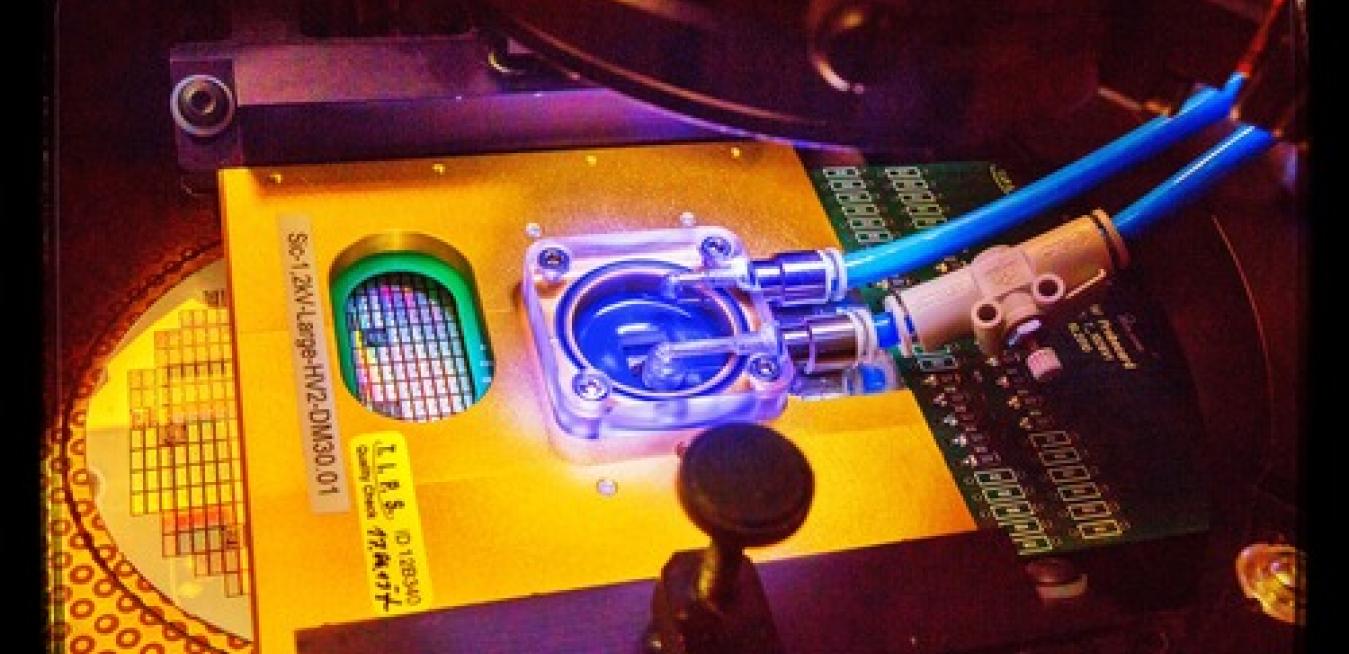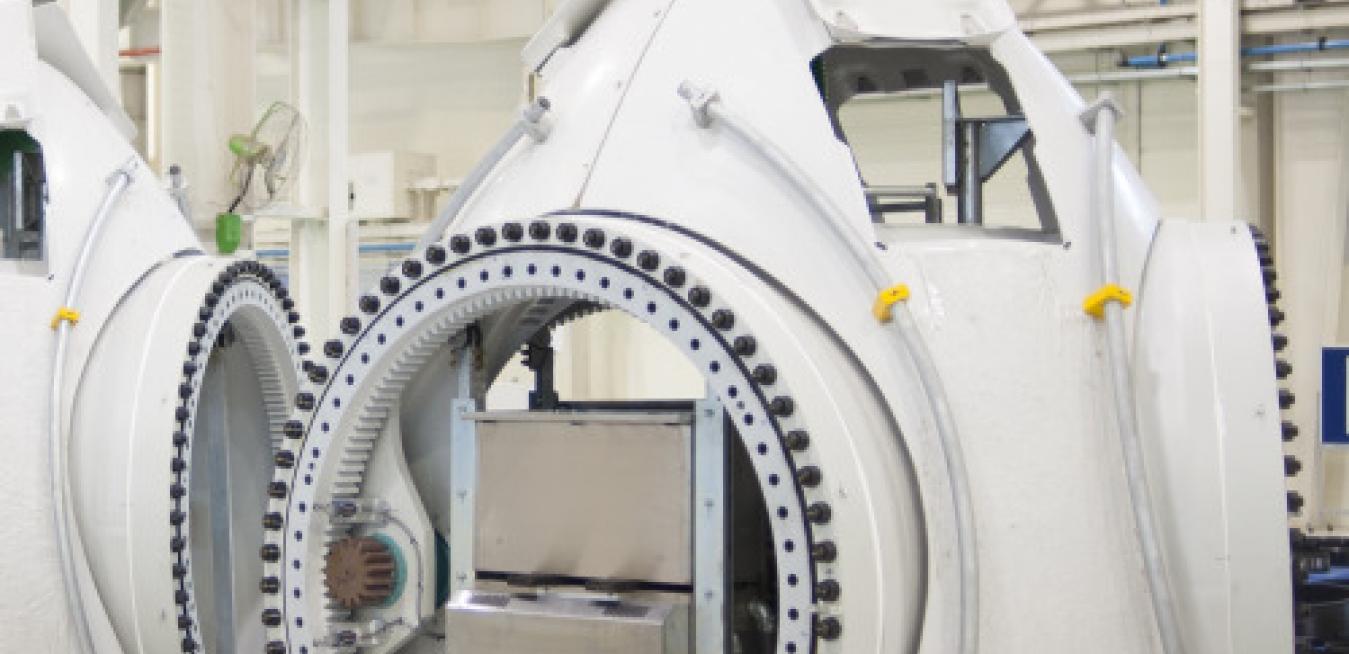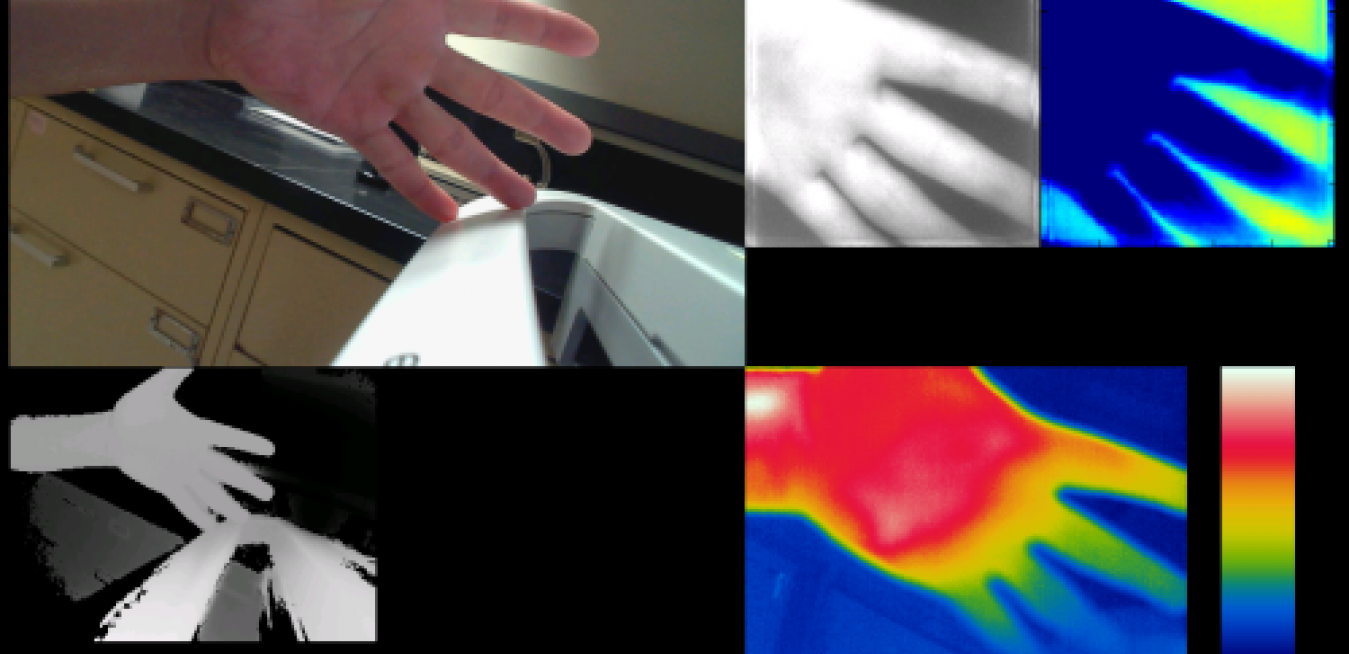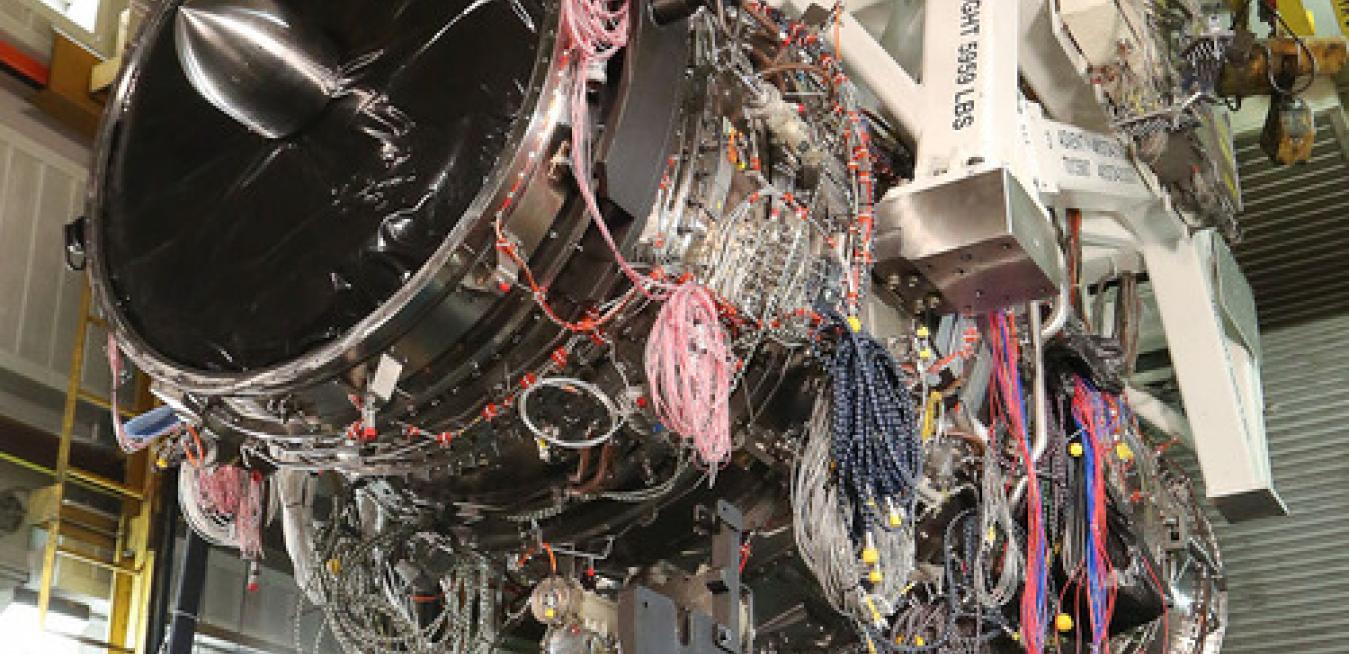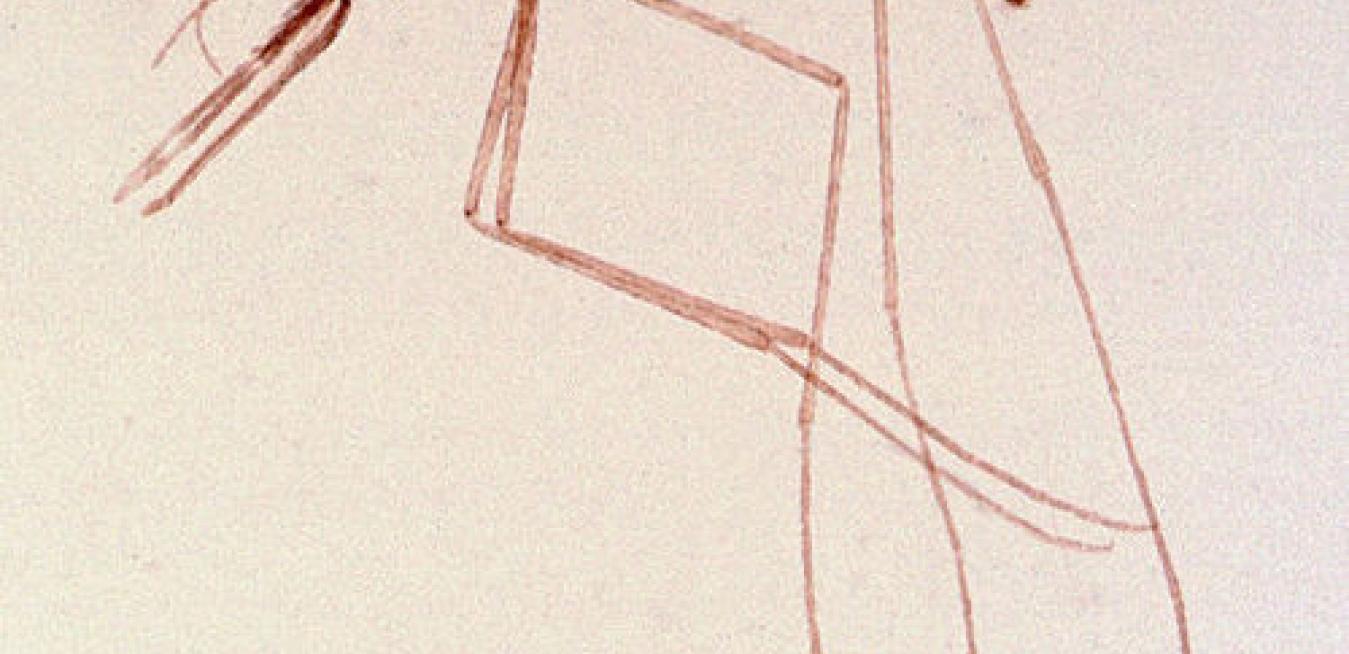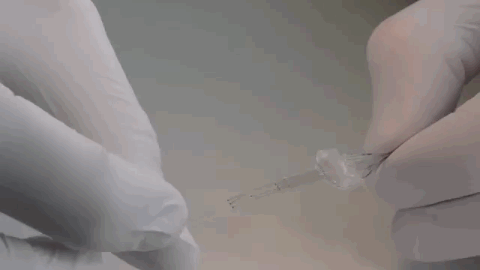Like microchips inside computers and laptops, power management chips are pieces of semiconductor as small as a cornflake. But they move electricity (watts), not data (bytes). Their circuits help extend battery life and reduce power consumption for a broad range of devices: from smartphones and tablets to brain scanners and jet engines. They can make machines smaller, lighter, and more efficient.
When a blast of icy weather hit a Canadian wind farm two winters ago, its chill lingered a month. The storm covered almost three dozen wind turbines with ice and they had to shut down. “The cold weather [was] not an issue,” the farm’s manager Mark Hachey told CBC News. “They can run in rain, they can run in snow. It’s when you get an accumulation of ice, much similar to an airplane.”
The parasites that cause malaria, from the plasmodium genus, can lay low in their victims’ blood and organs and hide from common malaria tests. Up to three months can pass before cramps, chills, fever and other symptoms appear, but they can be easily confused for other maladies. During this period, the parasite can break out and infect mosquitoes, which spread it around and cause infection in others.
Where does the human end and the machine begin? In the era of neuroprosthetics, tiny electronic devices embedded in the body that stimulate the brain and other parts of the nervous system to improve their function, this question may soon get harder to answer.
Last week, for example, researchers at the Federal Institute of Technology in Lausanne, Switzerland, introduced a flexible neural implant that delivers electric and chemical pokes directly to the nervous system. In early trials, it allowed paralyzed rats to walk again with fewer side effects than other treatments.
Mark Frontera’s cellphone wouldn’t stop ringing. It was Thursday afternoon, Oct. 11, 2012, and the engineer was in a meeting with a manager. Whoever it was on the other end could wait, so he sent the caller to voicemail.
A moment passed, and again it rang. He looked at the caller ID. It was Tara, his wife. He excused himself and answered. He could hear the panic as her voice trembled in hysterics.
